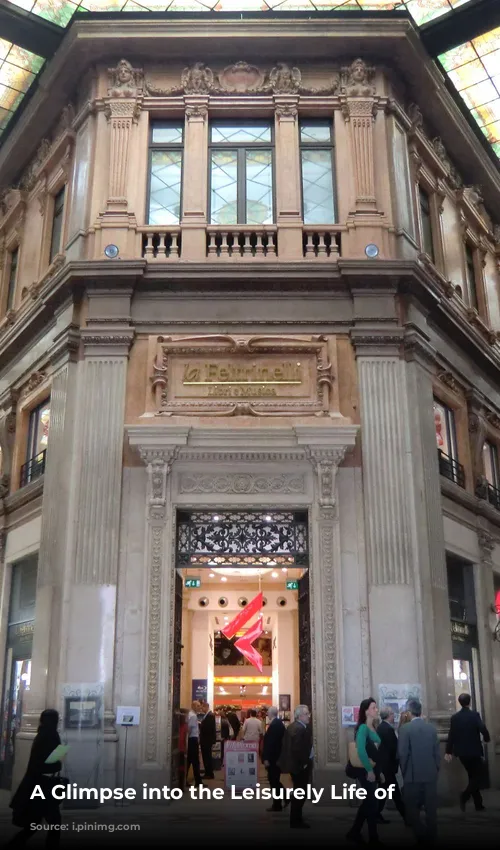Pompeii, a thriving city frozen in time by the catastrophic eruption of Mount Vesuvius in 79 AD, offers a fascinating window into the lives of ordinary Romans. While we often think of these ancient people as stoic warriors and political strategists, their daily lives were filled with a wide array of leisure activities, just like ours.
Thrills and Spills: The Roman Arenas
The Romans loved their entertainment, and nothing was more thrilling than chariot racing. Imagine the roar of the crowd, the pounding of hooves, and the dust swirling as these fearless drivers, exposed and vulnerable in their small chariots, raced around the track. It was a sport steeped in danger, with the spectacle of bloodshed adding to its allure.
But the Romans weren’t squeamish about witnessing death. Public executions were a popular form of entertainment, a macabre spectacle that drew crowds from all walks of life. The methods of execution varied depending on the crime and the social status of the condemned. A Roman citizen might be beheaded, a more dignified end, while a slave would likely be crucified or even burned alive.
The Roman fascination with exotic animals reached its peak in the animal hunts and battles held in their amphitheatres. Imagine the excitement of watching fierce leopards and tigers brought in from faraway lands, pitted against gladiators or a group of brave fighters. The more dangerous the beast, the more thrilling the spectacle.
Gladiator Games: A Spectacle of Skill and Brutality
Perhaps the most iconic Roman entertainment was the gladiator games. These professional fighters, some free men seeking glory and riches, others slaves forced to fight to the death, provided a captivating spectacle. The range of combat styles was diverse, from lightly armed skirmishes to heavy armor clashes, culminating in the traditional gladiator fight. The battlefield was a brutal place, and losing gladiators were often dragged away to make room for the next round of bloody entertainment.
A Dip in the Roman Baths: Relaxation and Socializing
While the arenas offered thrills and spills, the Romans also valued relaxation and socialization. Bathing was not a private affair, as it is today. Instead, Roman baths were bustling public spaces where hundreds of people gathered to wash, chat, and relax. These grand structures were a social hub, offering a reprieve from the stress of daily life.
Beyond the Arena: Other Pastimes
The Roman people also indulged in a variety of other activities, many of which are familiar to us today. Swimming was a popular pastime for boys, who enjoyed splashing around in the sea, rivers, or the plunge pools of the baths. Wrestling and boxing were also popular forms of exercise and entertainment.
The ancient Romans were no strangers to sports as we know them. Handball, soccer, field hockey, and even dodgeball all had their place in Roman society. While the rules and structure may have changed over time, the fundamental principles remain the same.
Dinner with the Elite: Indulgence and Display
For the wealthy Romans, dinner parties were a way to showcase their wealth and social status. These lavish gatherings featured exotic and expensive foods, with the more foreign the dish, the higher the price. Endless jugs of wine flowed freely, and the atmosphere was one of indulgence and celebration.
A Night Out in Pompeii: The Red Light District
To let off steam, Roman men would often visit the brothels that lined the streets of Pompeii. These establishments offered discreet, dimly lit rooms where patrons could indulge in their desires. The brothels featured elaborate frescoes depicting the services offered, catering to a diverse clientele.
Life Beyond the Spectacle: The Daily Grind
While these activities offer a glimpse into the more exciting aspects of Roman life, it’s important to remember that life in Pompeii, as in any other city, was a mix of work and leisure. The citizens of Pompeii, from the rich to the poor, lived their lives, toiled at their jobs, and sought moments of relaxation and entertainment. The tragic eruption of Vesuvius froze this bustling city in time, providing us with a unique window into the lives of ordinary people in ancient Rome.
